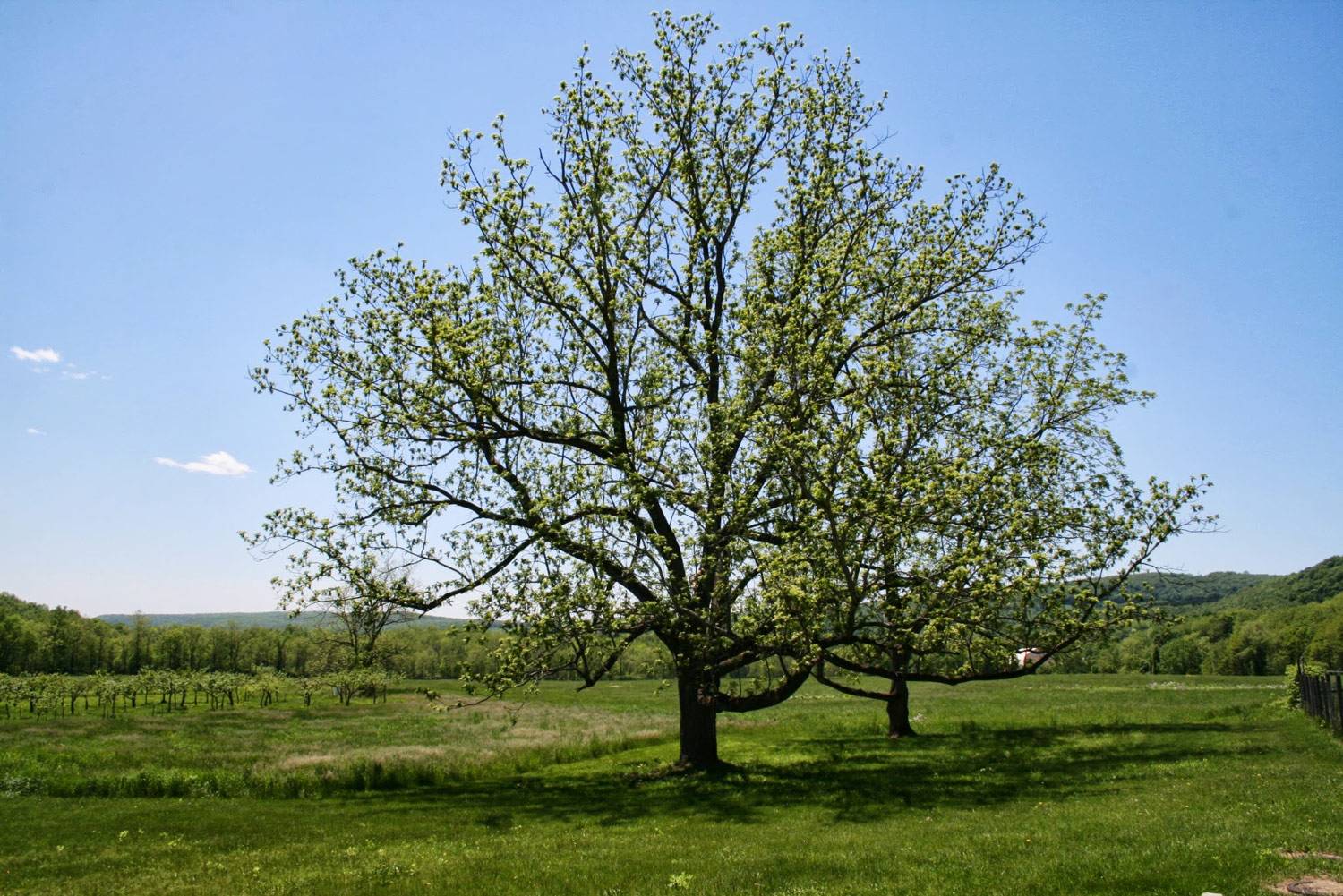
Did you know that walnut trees have been around for thousands of years and are prized for their nuts and wood? These majestic trees can grow up to 100 feet tall and live for over 200 years. Walnut trees are not just valuable for their delicious nuts; their wood is highly sought after for furniture and flooring due to its rich color and durability. Interestingly, walnut trees have a unique way of protecting themselves—they release a chemical called juglone, which can inhibit the growth of nearby plants. This fascinating tree has a lot more to offer than meets the eye. Ready to learn more? Here are 32 amazing facts about walnut trees that will leave you in awe!
The Mighty Walnut Tree
Walnut trees are more than just a source of delicious nuts. They have a rich history, unique characteristics, and numerous benefits. Let's dive into some fascinating facts about these incredible trees.
- Walnut trees belong to the Juglandaceae family, which also includes hickories and pecans.
- The most common types of walnut trees are the English walnut (Juglans regia) and the black walnut (Juglans nigra).
- English walnuts are native to Persia, while black walnuts are native to North America.
- Walnut trees can live for over 200 years, making them a long-term investment for any landscape.
- These trees can grow up to 100 feet tall, with a canopy spread of 50 feet or more.
Nutritional Powerhouse
Walnuts are not just tasty; they are packed with nutrients that offer numerous health benefits.
- Walnuts are rich in omega-3 fatty acids, which are essential for heart health.
- They contain high levels of antioxidants, which help fight oxidative stress and inflammation.
- Walnuts are an excellent source of protein, making them a great addition to a vegetarian or vegan diet.
- They provide essential vitamins and minerals, including vitamin E, magnesium, and phosphorus.
- Eating walnuts regularly can improve brain function and cognitive health.
Environmental Benefits
Walnut trees offer several environmental benefits that make them valuable additions to any ecosystem.
- Walnut trees help improve soil quality by adding organic matter through leaf litter and decomposing nuts.
- They provide habitat and food for various wildlife species, including birds, squirrels, and insects.
- Walnut trees can help reduce soil erosion with their extensive root systems.
- They act as natural air purifiers by absorbing carbon dioxide and releasing oxygen.
- Walnut trees can be used in agroforestry systems to create sustainable and productive landscapes.
Economic Value
Walnut trees have significant economic value, both for their nuts and their wood.
- Walnuts are a popular and profitable crop, with global production reaching over 3 million metric tons annually.
- The wood from walnut trees is highly prized for its strength, durability, and beautiful grain patterns.
- Walnut wood is used in high-end furniture, cabinetry, and flooring.
- The veneer from walnut trees is often used in luxury car interiors and musical instruments.
- Walnut shells can be used as a natural abrasive in cleaning and polishing products.
Cultural Significance
Walnut trees have played important roles in various cultures throughout history.
- In ancient Persia, walnuts were considered a symbol of fertility and were often given as wedding gifts.
- The Romans believed that walnuts could ward off evil spirits and used them in various rituals.
- In Chinese culture, walnuts are associated with longevity and are often given as gifts during the Lunar New Year.
- Native American tribes used black walnuts for food, medicine, and dye.
- The wood from walnut trees has been used to create intricate carvings and artwork for centuries.
Interesting Tidbits
Here are some more intriguing facts about walnut trees that you might not know.
- Walnut trees produce a chemical called juglone, which can inhibit the growth of certain plants nearby.
- The largest walnut tree in the world is located in California and has a trunk circumference of over 25 feet.
- Walnuts have been found in archaeological sites dating back to 7000 BC, indicating their long history of human consumption.
- The husks of black walnuts can be used to make a natural dye that produces a rich, dark brown color.
- Walnut oil, extracted from the nuts, is used in cooking, cosmetics, and even as a wood finish.
- Walnuts have been used in traditional medicine to treat various ailments, including digestive issues and skin conditions.
- The scientific name for the walnut tree, Juglans, comes from the Latin words "Jovis glans," meaning "Jupiter's nut," reflecting the tree's esteemed status in ancient times.
The Final Nutty Nugget
Walnut trees aren't just another tree in the forest. They offer a rich history, nutritional benefits, and practical uses that make them stand out. From their ancient origins to their role in modern cuisine, these trees have woven themselves into the fabric of human life. Whether you're munching on walnuts for a snack, using the wood for furniture, or enjoying the shade on a hot day, walnut trees provide countless benefits.
Next time you see a walnut tree, remember the fascinating facts you've learned. Appreciate its contribution to our world, from the food we eat to the air we breathe. These trees are more than just a source of nuts; they're a testament to nature's generosity and resilience. So, go ahead, share these nuggets of knowledge, and let others in on the wonders of walnut trees.
Was this page helpful?
Our commitment to delivering trustworthy and engaging content is at the heart of what we do. Each fact on our site is contributed by real users like you, bringing a wealth of diverse insights and information. To ensure the highest standards of accuracy and reliability, our dedicated editors meticulously review each submission. This process guarantees that the facts we share are not only fascinating but also credible. Trust in our commitment to quality and authenticity as you explore and learn with us.
